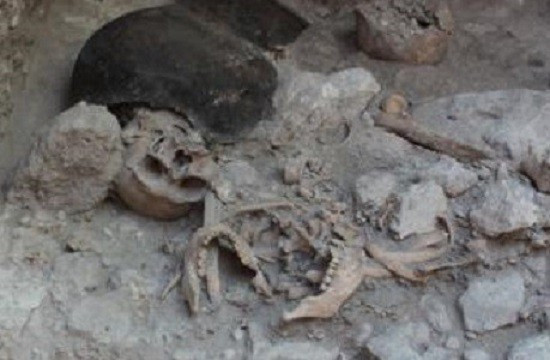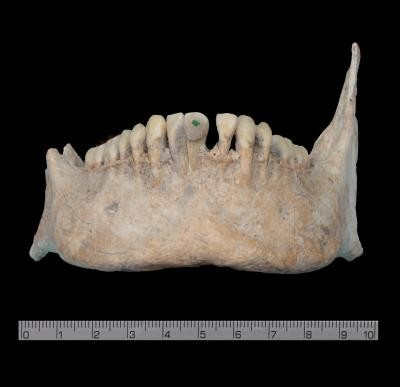Mexico: 1,400-year-old Mass Grave Shows Maya Decapitated Enemies
Archaeologists find evidence of ancient Mexican civilisation's brutality towards enemies

A 1,400-year-old mass grave in Mexico has revealed that Mayan warriors would dismember and decapitate their enemies.
A grave containing 24 skeletons was found in the historical Maya city of Uxul in Mexico by researchers from the Department of Anthropology at the University of Bonn. They found marks on the bones to indicate that the interred victims had suffered extremely violent deaths. Researchers believe the skeletons belonged to either prisoners of war or nobles from Uxul.
The 32sq metre grave had previously been used as a water reservoir.
Archaeologist Nicolaus Seefeld, who discovered the grave while studying the water supply system of Uxul, said: "Aside from the large number of interred individuals, it already became apparent during the excavation that the skeletons were no longer in their original anatomical articulation."
Researchers found that all of the skulls were scattered around the grave in no relation to the rest of the bodies. They also found most of the victims lower jaws had been separated from the heads.
Seefeld said: "The observed hatchet marks on the cervical vertebra are a clear indication of decapitation."

Analysis showed that their dismembered limbs had been preserved in some cases.
"This observation excluded the possibility that this mass grave was a so-called secondary burial site, in which the bones of the deceased are placed at a new location", he explained.
The team was able to determine the age and sex of 15 of the 24 individuals as their bodies had been well preserved after being covered in clay. There were 13 men and two women aged between 18 and 42.
Many of the deceased had suffered from malnutrition.
Some of the victims had tooth inserts of jade, suggesting a high social status, but the researchers do not know if they came from another Maya city as prisoners of war or if they were from Uxul.
They did, however, establish that all suffered from a violent end, with the forehead of one skull showing an unhealed fracture caused by a blow from a cudgel. Other skulls show signs of cutting with sharp objects, possibly a hatchet.
Nikolai Grube, one of the project leaders, said: "The discovery of the mass grave proves that the dismemberment of prisoners of war and opponents often represented in Maya art was in fact practiced."
© Copyright IBTimes 2025. All rights reserved.






















